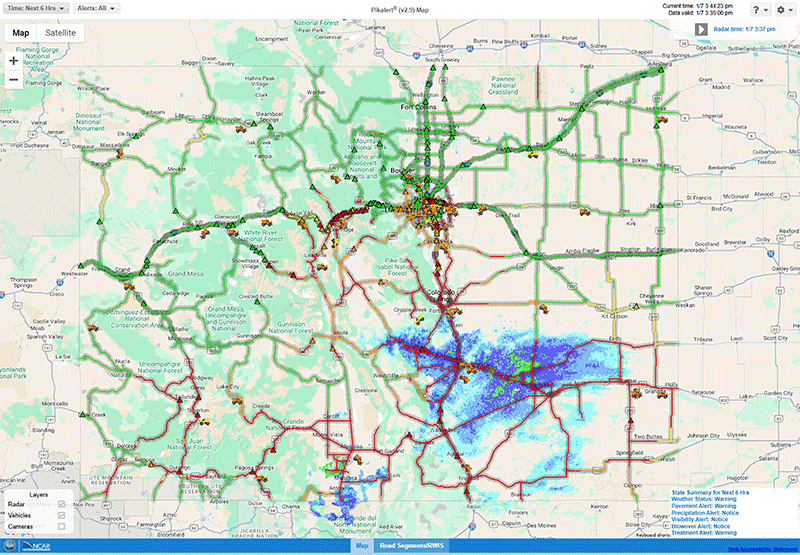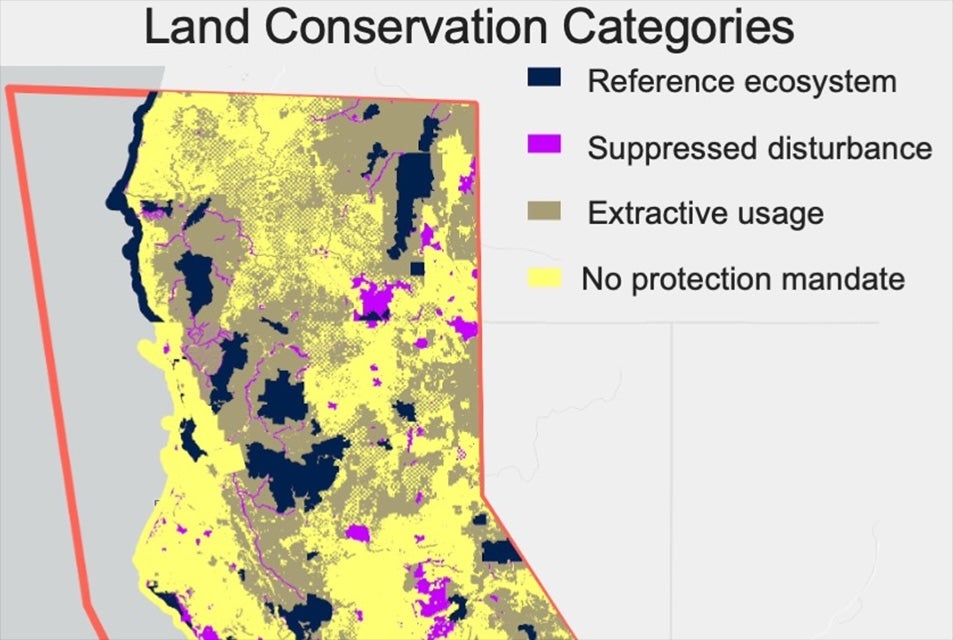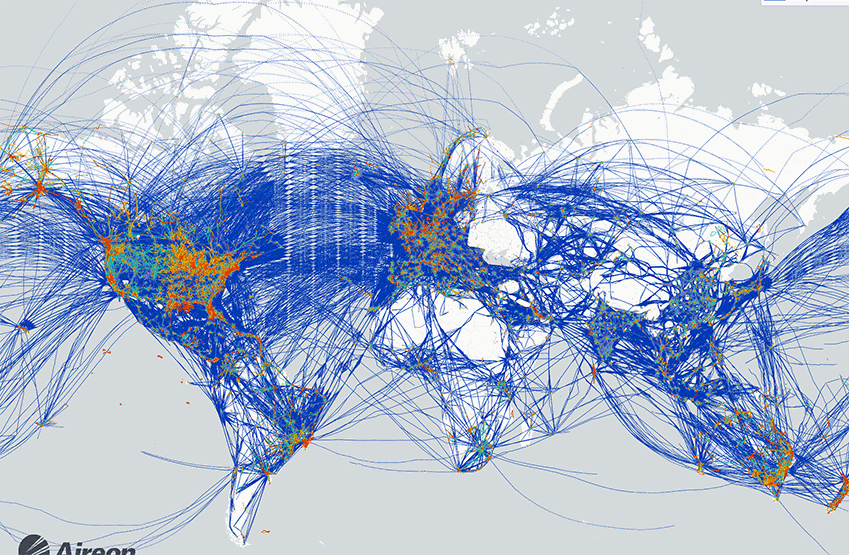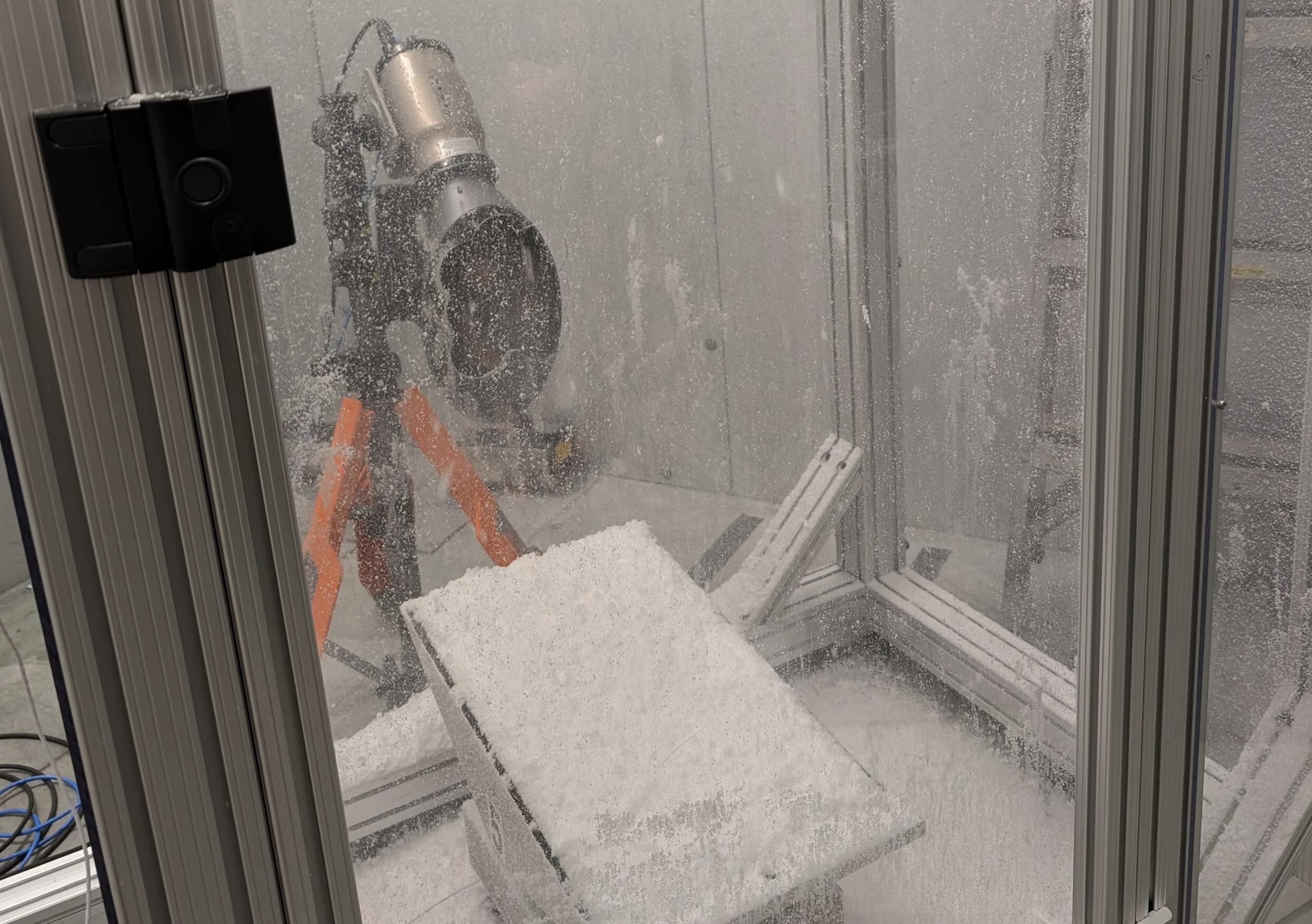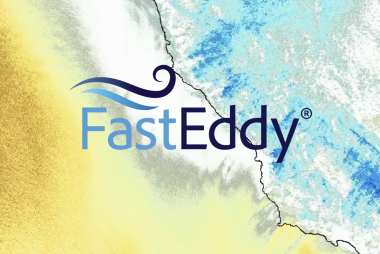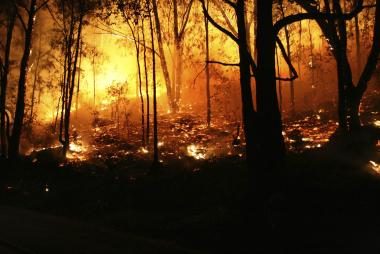Augmenting Snowpack through Cloud Seeding
The Future is Now
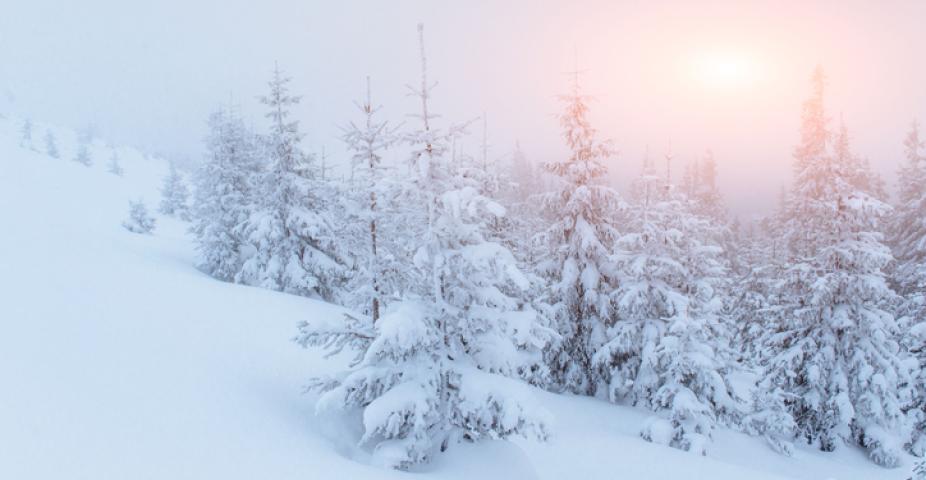
California, in 2015, had the lowest snowpack levels in 500 years, forcing the governor to issue the state’s first mandatory water restrictions. Further east, winter storms over the Rocky Mountains, which provide much of the water that courses down the heavily-tapped Colorado River, have not been able to keep up with demand. With 4.5 million acres of farmland irrigated using Colorado River water, and with nearly 40 million residents of seven U.S. depending on it for municipal supplies, those incremental losses can have a heavy impact — particularly during times of drought.
You get the parched picture.
In a public-private collaboration, scientists with NCAR spent the winter (2017) conducting cloud-seeding experiments in Idaho. From the skies, they fed silver iodide into clouds that contain super-cooled liquid water. Their focus is to determine if this method increases precipitation. The impetus for this field project, SNOWIE (Seeded and Natural Orographic Wintertime clouds: the Idaho Experiment), is the result of years of work observing and understanding how ice crystals form in mountain regions, as well as recent advances in observational and modeling technologies.
From 2005-2014, the state of Wyoming sponsored a comprehensive study on the feasibility of increasing water supplies through winter orographic cloud seeding. The research was conducted in three Wyoming mountain ranges, testing the varied climatological conditions. The field project, called the Wyoming Weather Modification Pilot Program (WWMPP), included a substantial modeling and evaluation component to it, which was conducted by NCAR scientists. The statistical analysis of the study proved to be is a monumental undertaking, as no one analysis can be authoritative regarding the effect of seeding. The WWMPP gathered an informative data set on which the statistical analysis was based, and put a forecasting model to the test.
Sarah Tessendorf, a scientist at NCAR, helped conduct the scientific evaluation. This study combined physical, statistical, and numerical modeling studies of environmental, microphysical and hydrological systems to evaluate the impacts of cloud seeding. One outcome of the analysis indicated, for example, that the predominant wind regime is westerly and western regions of the mountain ranges were shown to have the most frequent occurrence of “seedable” conditions for both ground and airborne techniques.
Analysis of the modeling component, which required a huge ensemble of simulations, also provided critical information. Inputting silver iodide into the Weather Research and Forecasting (WRF) model to simulate the physics of cloud seeding, scientists were pleased with the initial performance of the model. “There is a lot of utility with this model,” said Tessendorf, “which will offer opportunities to other snowpack-dependent states, however the model still needs to be thoroughly vetted by comparing it with detailed observations.”
This led to the SNOWIE field project. As early as 2012, Tessendorf worked alongside other NCAR scientists and Idaho Power Company to begin planning the field campaign. Together with a team of investigators from the Universities of Wyoming, Illinois, and Colorado, Tessendorf submitted a proposal to the National Science Foundation (NSF) requesting NSF observational facilities for SNOWIE. These facilities were deployed to Idaho for the field project that is just now wrapping up. Now the SNOWIE team is about to embark on the data analysis and modeling simulations that they hope will help improve the cloud seeding model.
Wyoming and Idaho are two examples of western states that are invested in cloud seeding to increase snowpack and streamflow conditions and availability. In the right conditions, cloud seeding has the potential to augment snow formation, which can in turn augment streamflow conditions. Climatological studies to determine if a particular region has potential for cloud seeding could be useful to other water-hungry western states. Users of the Colorado River could certainly benefit from such studies.
This research will have an impact throughout the American West, a region that increasingly suffers from drought and water shortage. It has been a game changer for the states of Wyoming and Idaho; Idaho Power Company has been able to expand their operational cloud seeding program, based on the knowledge and results gained from their collaboration with NCAR scientists on the development and utility of the WRF cloud seeding model.
